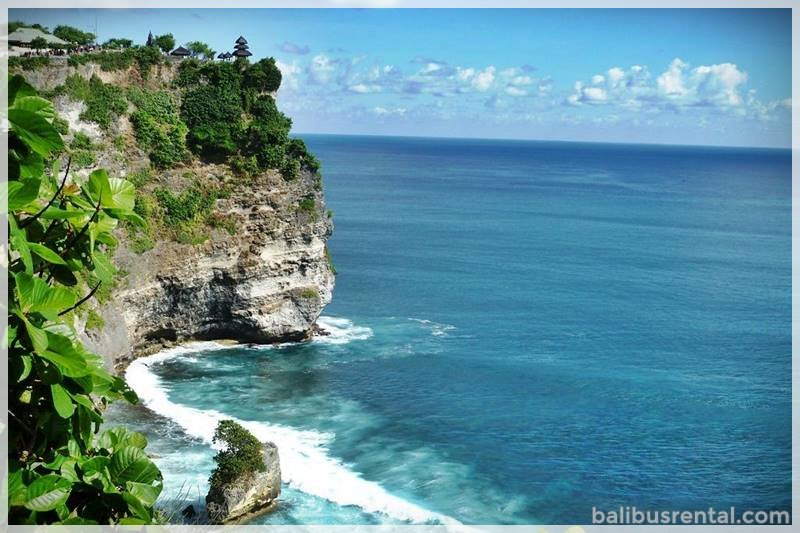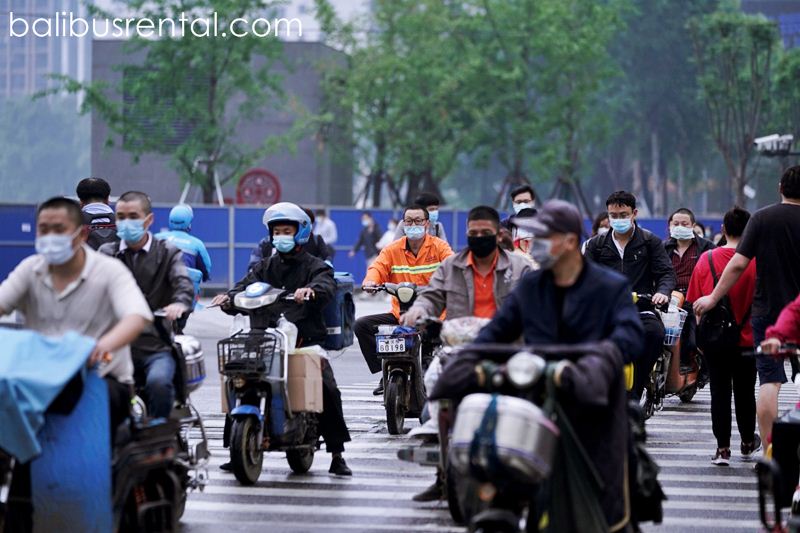Monday | October 6, 2025
Kathmandu, Nepal (AP) — Landslides, lightning strikes, and flash floods triggered by days of relentless monsoon rainfall killed at least 44 people across Nepal on Sunday, with several others still missing, authorities said, as emergency workers battled blocked roads and washed-out bridges to reach devastated mountain villages.
The National Disaster Risk Reduction and Management Authority said the eastern district of Illam suffered the heaviest losses, with at least 37 people confirmed dead after massive landslides tore through steep hillsides, sweeping away homes, roads, and farmland. Entire settlements were buried under mud and debris following nearly three days of continuous rain.
“Many areas are still inaccessible and the number of casualties could rise,” said Bholanath Guragai, an assistant administrative officer in Illam, noting that six members of one family were killed when a landslide crushed their home as they slept. Dozens more residents were injured or remain missing as rescuers struggled through treacherous terrain.
Illam, which borders India’s West Bengal state, is best known for its lush tea plantations, but its hilly geography makes it highly vulnerable to landslides during Nepal’s monsoon season, which typically lasts from June to mid-September.
Officials said rescue operations were severely hindered by ongoing rainfall. Major roads have been swept away or blocked, and several bridges collapsed, cutting off communication and transport links to the remote mountain communities. Helicopters were dispatched to deliver aid and evacuate the injured, while Nepal Army and police personnel were deployed to assist survivors and relocate residents to safer ground.
In neighboring districts, at least one person was killed in another landslide, while three people died after being struck by lightning in a separate region. Three more fatalities were reported in southern Nepal, where swollen rivers overflowed and inundated low-lying settlements.
Authorities issued a severe rainfall alert covering eastern and central Nepal from Saturday through Monday, warning of additional flooding and landslides. The Ministry of Home Affairs ordered several major highways closed as a precaution, including key routes connecting Kathmandu to eastern and southern districts. By Sunday evening, limited traffic had resumed on one partially cleared route.
Domestic air travel was also disrupted. The Civil Aviation Authority of Nepal suspended all flights on Saturday due to poor visibility and strong winds, only allowing limited operations to resume the following day once weather conditions improved.
The transport chaos came just as hundreds of thousands of people were returning to Kathmandu following Dashain, Nepal’s biggest annual festival. The two-week celebration, which culminated on Thursday, traditionally sees a mass exodus from the capital as people travel to their ancestral homes. By Sunday, highways were choked with stranded vehicles, and some passengers were forced to spend the night on the road as authorities worked to reopen blocked sections.
In the capital, floodwaters briefly inundated areas along the Bagmati River, but there were no reports of major damage or casualties. The government declared a national holiday through Monday to ease pressure on travel and allow emergency teams to continue rescue work.
Last year, around the same time, 224 people were killed and 158 injured in similar monsoon-related disasters, underscoring Nepal’s growing vulnerability to extreme weather events that experts link to climate change and unregulated hillside construction.
Neighboring India, which surrounds Nepal on three sides, has offered assistance. Indian Prime Minister Narendra Modi expressed condolences on social media platform X, saying the destruction in Nepal was “deeply distressing.”
“We stand with the people and Government of Nepal in this difficult time,” Modi wrote. “As a friendly neighbor and first responder, India remains committed to providing any assistance that may be required.”
Nepal has yet to officially respond to India’s offer.
The weekend’s downpours mark one of the most severe late-season storms in recent years, arriving just as the country was expecting the monsoon to retreat. Meteorologists warn that climate patterns across the Himalayas are becoming increasingly erratic, bringing more frequent and intense rainfall events that threaten fragile mountain communities.




